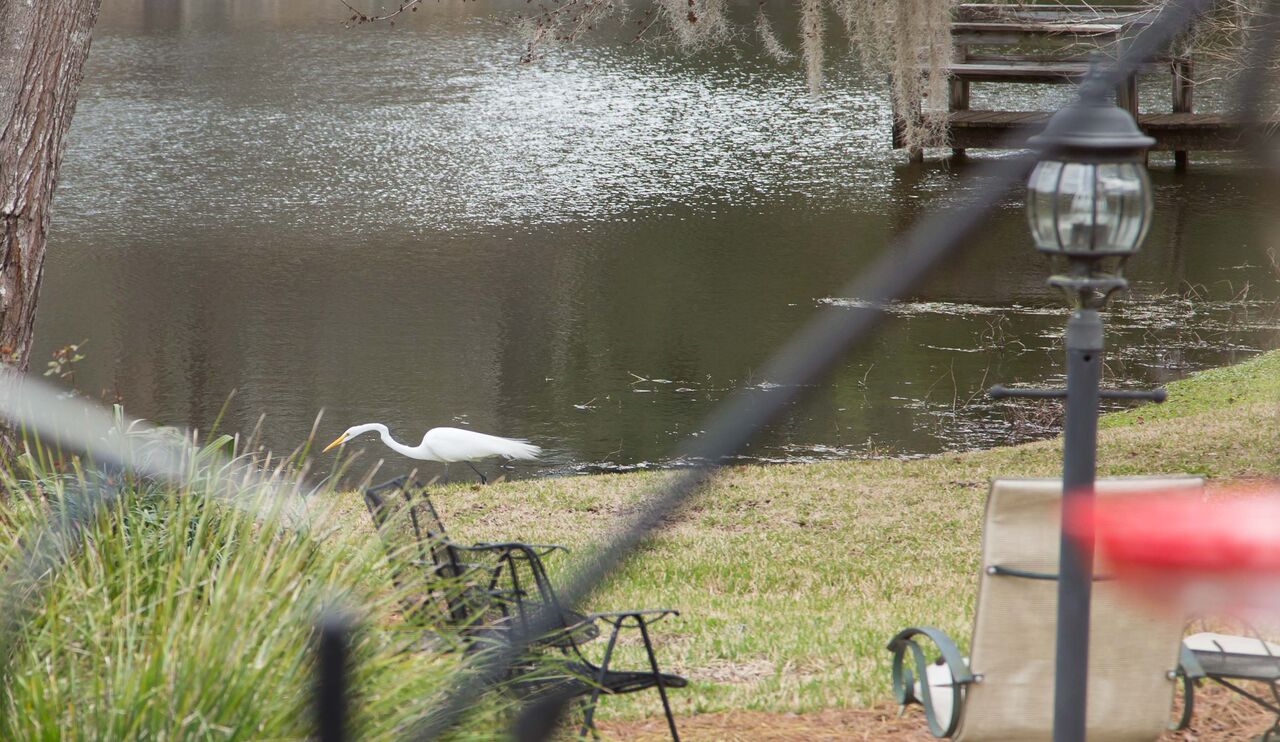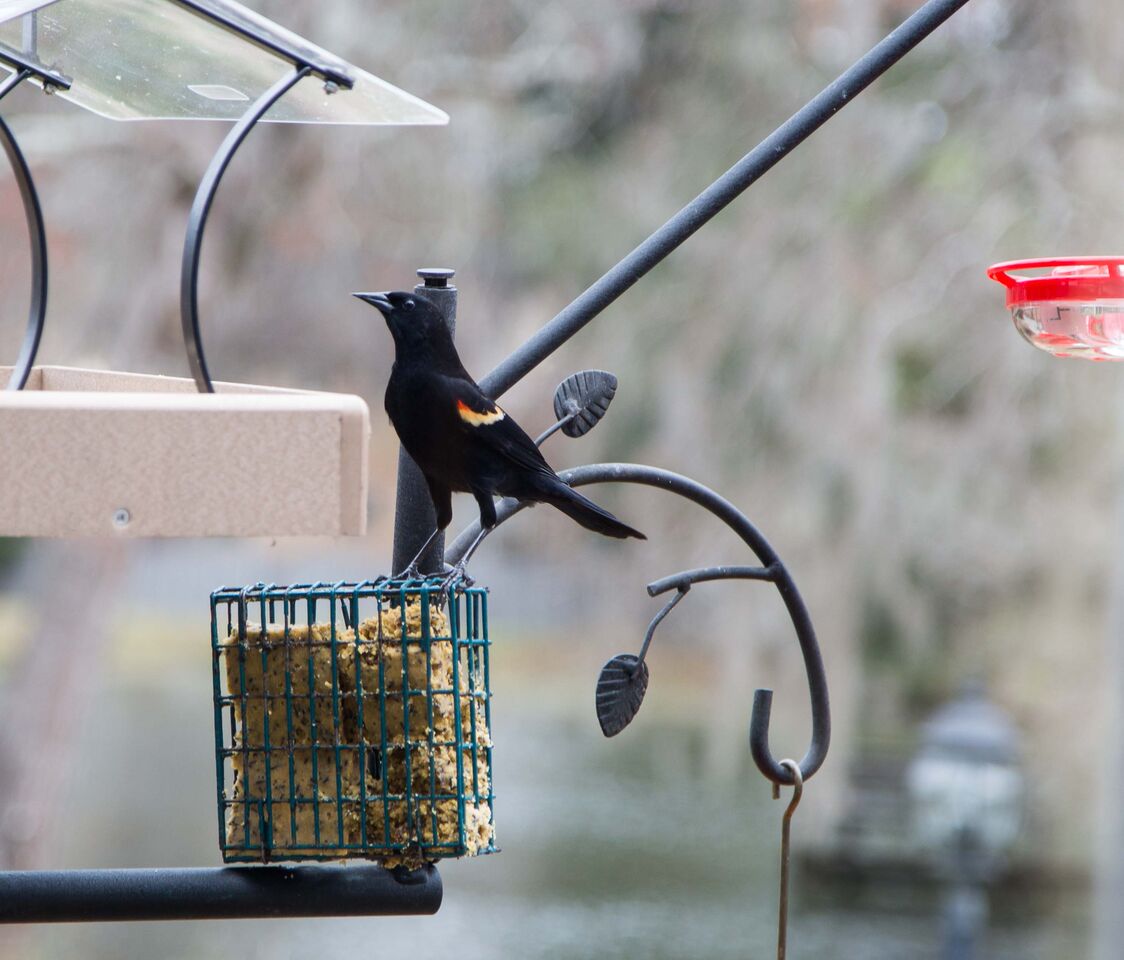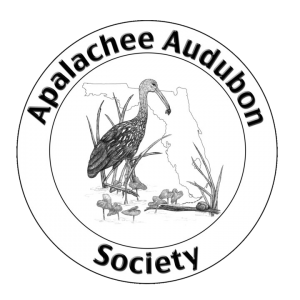In the last 50 years, more than 1 in 4 birds has disappeared across North America. The journal Science recently reported that wild bird populations in the continental U.S. and Canada have declined by almost 30% since 1970.
That is one year before I graduated from high school and about the time that I started using binoculars to watch birds. This is grim news indeed.
Though I have been a member of the Audubon Society for a long time, I recently became more involved by joining the board of our local organization, Apalachee Audubon Society.
Participating in a local Audubon Society chapter is a good place to start if one wants to do something on a local or regional level that positively impacts birds and the ecosystems in which they live. We also need to push our elected officials on broad policy, but by acting locally one feels a better sense of accomplishment.
For instance, we have an active Conservation Committee that has lobbied for funding for conservation easements of large land holdings along the ecologically important Apalachicola River and for outright purchases through Florida Forever of other large landholdings in the Panhandle. This same committee supports protection of springs and reviews plans of our Northwest Florida Water Management District.
Our chapter was recently recognized as Chapter of the Year at last month’s Florida Audubon Assembly in Gainesville. To attract a younger and more diverse population, our president Peter Kleinhenz successfully wrote three grant proposals over the last 2 years, two with National Audubon and one with Florida Power and Light.
These grants have enabled us to hire interns at both FSU and FAMU and to purchase native plants to revegetate the shoreline and uplands at Lake Elberta Park on Lake Bradford Road just south of Gaines Street. We have worked cooperatively with Tallahassee Parks and Recreation as well as the surrounding neighborhoods.
Last Sunday I volunteered at a planting event organized by our current two interns, Harbria Gardner from FAMU and Nelson Ball from FSU. I couldn’t have been more impressed by their planning and execution. Sixteen volunteers planted over 200 wildflowers in less than 3 hours. A job well done!
A bald eagle flew over the lake, 2 wood storks probed its edges and a small group of ruddy ducks swam by as we worked. Harbria and Nelson are planning more workdays and have already conducted an invasive plant removal event at the park.
Lake Elberta Wildflower Planting Workday. Photo by Harbria Gardner
Lake Elberta is just one of our habitat improvement and environmental education programs. A small team of volunteers formed a Bird Club that meets every other week with the afterschool program at Pineview Elementary School. We also support environmental education programs at St. Marks National Wildlife Refuge by providing funding for buses at Title 1 schools and provide Audubon Adventure kits for interested teachers.
We hold monthly program meetings that are informative and uplifting. Our next program on Nov. 21 is for pure enjoyment of birds – “Two Seasons Birding in Japan” with Bernie and Chris Grossman. We all know that Japan is an industrialized, first world country made up of several islands off the coast of Asia. Most of us don’t realize that these islands are quite mountainous and forested with the human population concentrated in a relatively small portion of the land. This makes for excellent birding.
Join accomplished photographer Bernie Grossman and his wife Chris to learn about the birds of Japan and their habitats in two different seasons. You do not have to be a member to attend an Audubon program.
If you find the news of declining bird populations daunting, get involved by attending one of our interesting programs, birding field trips, or volunteer with the interns at Lake Elberta. You will be most welcome.


























